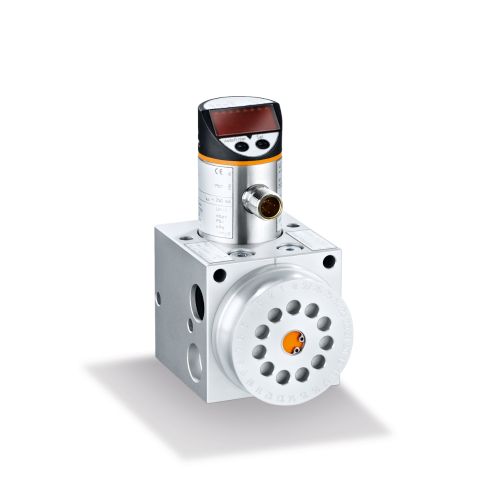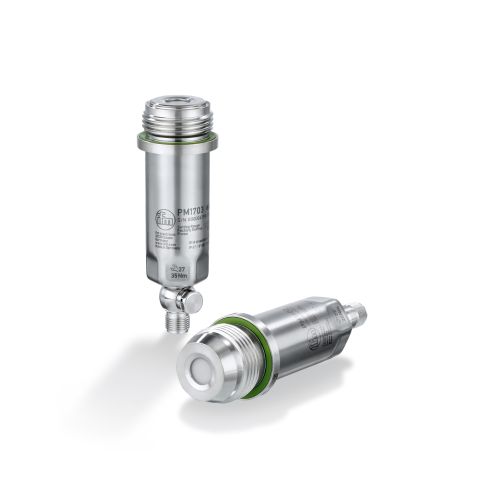Description
The PN family incorporates the best combination of over pressure, burst pressure and long-term stability for each measuring range. At 1450 psi and below, the PN sensors use the ceramic capacitive technology. Above this range, the thin film metal strain gauge technology is used.
Ceramic capacitive
The most important element of the ceramic capacitive technology is the ceramic (Al2O3) measuring cell. After assembly, the ceramic cell element resembles a plate capacitor with a reference electrode and a measuring electrode placed 15 µm apart. The capacitance is inversely proportional to the distance between the electrodes. As pressure is applied, the distance changes by a small value and the capacitance changes proportionately. This signal is then converted into pressure by a microprocessor.
- Robust, direct sensing measurement technology
- Eliminates possibility of contamination from diaphragm fill fluid
- Long-term stability of ceramic cell design does not fatigue like stainless steel
- Internal support construction creates very high pressure ratings
- Ceramic cell is more resistant to abrasion, dents or dings that can create measurement offsets
- Highest overload pressure rating, especially with dynamic pressure peaks





